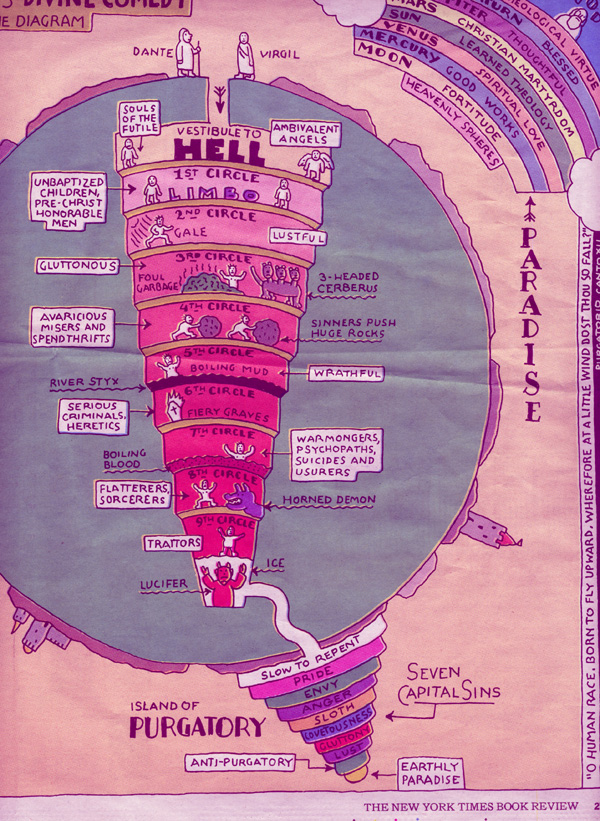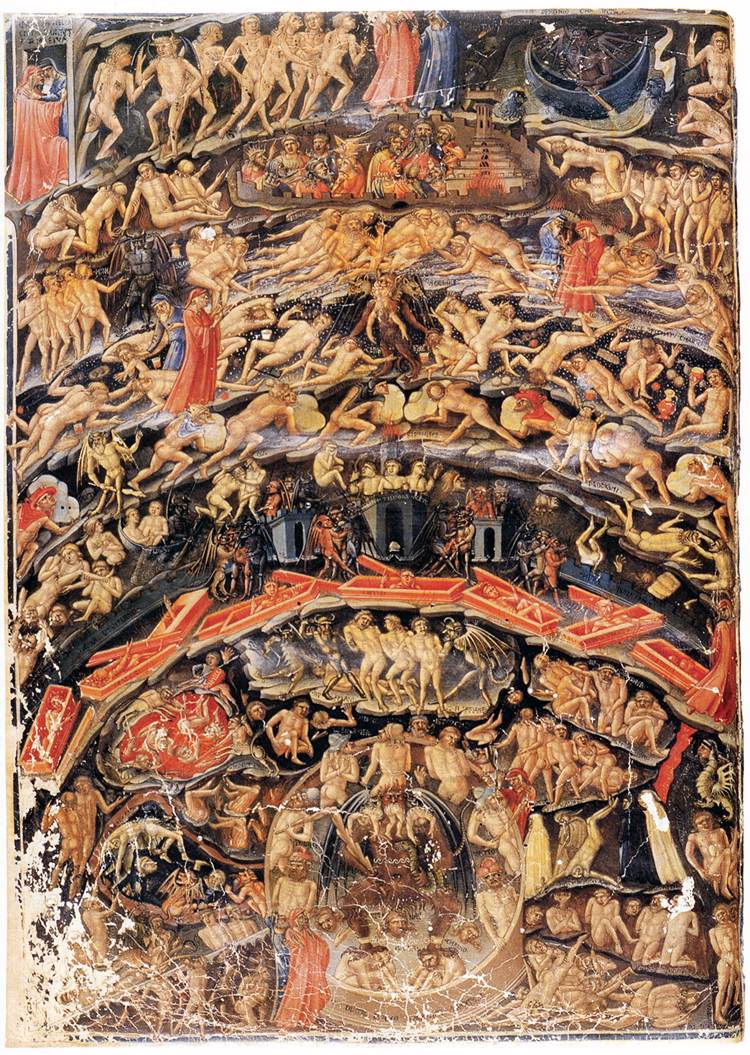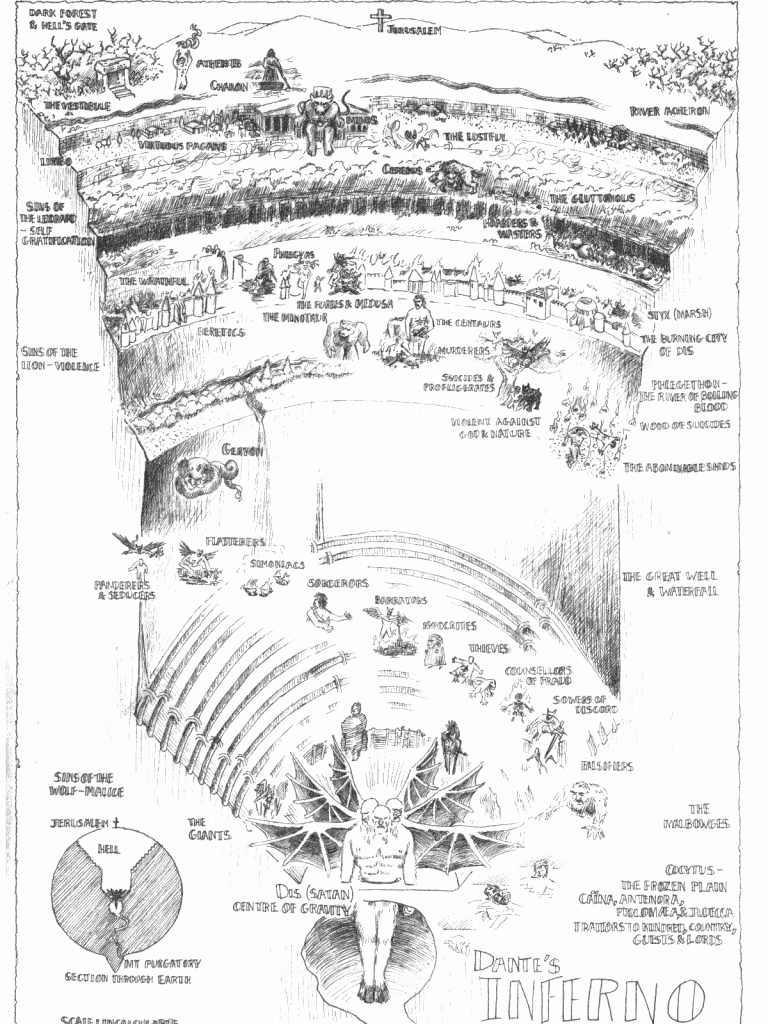As much as I appreciate the TLS’s loveletter to Anne Stevenson for her Collected Poems, I was not satisfied with it as criticism, so I thought I’d try to illuminate some more of her peculiar essence here. Stevenson was born in America but has lived in England most of her life, and by no coincidence her first book was on Elizabeth Bishop. Stevenson’s own work clearly owes debts to Bishop and Marianne Moore (not for nothing does Stevenson proclaim her Puritan ethic), but she’s less imagistic than either of them, and more prone to abrupt jumps in scene dictated only by a guiding idea.
Her biography consists of an academic upbringing, four marriages, and her life of Sylvia Plath, Bitter Fame. I still fail to see much of an affinity between Plath’s poetry and Stevenson’s; the connection seems to be more personal and psychological than that. Stevenson is less cagey than Plath, and more given to express herself plainly and steadily, removing herself from the center of her voice. Here is one of my favorites:
In the Museum of Floating Bodies and Flammable Souls
For Angela Leighton
Painters who painted the flights of martyrs for money,
Who filled the drapery of angels with rose-tinted oil,
Had to please rich patrons with trapeze acts of the body,
Since no one can paint the electricity of the soul.
My lady in her blue silk cowl must by now be topsoil;
She swans into Heaven, almond eyes uplifted in piety.
My lord kneels at prayer in a cassock, blade at his heel.
Not a single electron remains of his sin or sanctity.
While in Hell–well preserved in the water church of Torcello–
The wicked receive their deserts. Disembowelled and dismembered,
They are set upon eternally, yet their bodies alone are touched;
Unless souls, flushed out of the flesh, are the flames that torch them.
No wonder evil’s so interesting and goodness pitifully dull.
Torture of the body symbolises torture of the mind;
And burning in the bonfires of conscience is hardly confined
To a hell for bad Italians, being damned and being saved as well.
The idea is simultaneously obvious and abstract: the physicality of evil and the intangibility of good. Next to the visceral language of Dante, the baroque art of the saints is gauzy and perfumed. Stevenson lets the language be guided by the imagery of the stanza, adopting florid description for the first half before shifting to a more commonplace portrayal of horrors. The first line of the last stanza is a coup, I think; the pointed banality of the adjectives “interesting” and “dull” clearly render the inadequacy of language for the meat of the topics under discussion. Stevenson in parallel leaps from the the physical to the more ambiguous language of the mind, contrasting body and soul. Even though it is a classical distinction, she paints it as a contradiction, with good and evil locked up in the mind and rendered invisible.
Stevenson’s careful modulations of style are a salve for endless reams of modern poetry that either affect a single voice on high or seek to abandon voice in an artificial suspension of sense. When she marshals them to polemical effect, the effect is brutal, as in “New York Is Crying,” partly an attack on selective post-9/11 mawkishness:
The hole in New York is a hole in a belief
That desperately needs to hide itself in grief
It’s only because of Stevenson’s surgical control of emotion and tone that she can get away with this. Stevenson is a literary classicist in positioning herself as a lone voice amongst many, but she possesses the uncommon perspective that lets her take up that voice with authority.


